Cornelis de Bruijn
Cornelis de Bruijn (c.1652-1727) was a Dutch artist and traveler. He is best known for his drawings of the ruins of Persepolis, the first reliable pictures of these palaces to be accessible for western scholars. His other visits included the Ottoman Empire, Egypt, Jerusalem, Russia, and the East Indies.
Italy
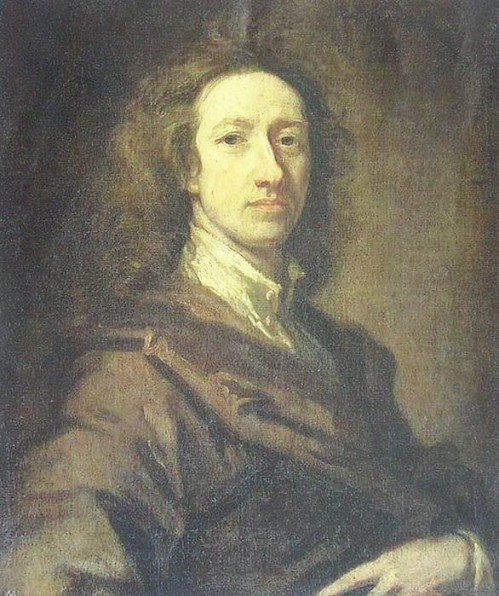
At that moment, Cornelis de Bruijn was no longer in The Hague. On 1 October 1674, he and his colleague Pieter van der Hulst (1651-1727) had left Holland and had traveled to Italy. Because the Franco-Dutch war was still continuing, they could not take the road along the Rhine, but had to make a detour. After visits to Leipzig and Vienna, the two men were in Venice on 6 December, the day of Saint Nicholas that is celebrated by Dutchmen of all confessions.
How did De Bruijn finance this tour? This is an unsolved riddle. He may have saved some money and had several wealthy friends, but there are no indications that they paid this trip. Nor was he on the payroll of the Dutch East-Indian Company (VOC).note We know that the artist sold drawings and made some money by painting portraits, but it is unclear whether this was enough. Even more surprising is that on his return, he was able to invest a lot of money in the publication of a book about his travels, Reizen door de vermaardste Deelen van Klein Asia ("Travels in the Principal Parts of Asia Minor").
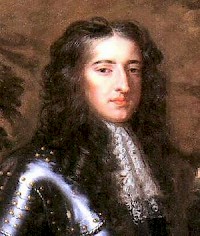
Perhaps he had, like that other famous traveler, Giacomo Casanova (1725-1798), sometimes a job on the side as intelligence operative. These assignments were well-paid and not unusual; they implied no real espionage, but merely gathering of information in foreign countries. Still, it was better not to speak too much about it. (Casanova mentions a few of these assignments, but is likely to have had more.) Missions like these may explain some odd silences in De Bruijn's books (e.g., his disappointing description of Constantinople), his unexplained stay in Leghorn, the unusually warm welcome he received in Smyrna, and his remarkable contacts with the court of William III of Orange.
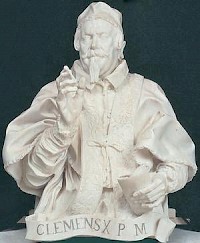
De Bruijn and Van der Hulst continued to Florence and reached Rome just before Christmas, in time to witness how pope Clement X celebrated the beginning of the Holy Year 1675, which was, according to De Bruijn, one of the reasons for his tour. This is odd, because he was a Lutheran and not a Catholic. However this may be, the young artist was impressed by the ceremony and was proud that he had obtained a part of the Sacred Doorway, the stone door of Saint Peter's Basilica that is removed during a Holy Year.
De Bruijn liked Rome and was to stay there for almost two and a half years. Many artists spent some time in what was still one of the most important cultural centers of Europe, but as foreigners they could not easily join the painters' guild or the Accademia di San Luca (for example, because one had to be a Catholic). Yet, there were societies in which foreign painters met and could support each other. The Dutch group, known as the Bentveughels (which means something like "flock of birds"), was one of the most notorious. Its members gathered in a building they believed to be the ancient Temple of Bacchus, the god of wine. Although it was in fact the mausoleum of a princess named Constantia, the artists did what true devotees of Bacchus had to do.
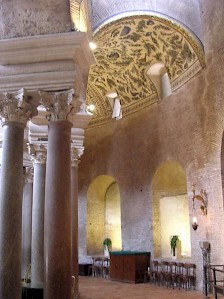
On the walls of the Mausoleum, you can still see the pseudonyms of the bohemians, but Adonis and Sunflower (Cornelis de Bruijn and Pieter van der Hulst) are not among them. Still, we know they were inaugurated and in fact, De Bruijn's description of his "baptism" is one of the main sources for the history of the Bentveughels.
It is also interesting to see that in this part of his narrative, he mentions several types of wine (Montefiascone, Castelli Romani), but has almost nothing to say about the artistic climate of Rome. Nor has he included illustrations of the eternal city in his book. He might have given an account of the conclave of the election of pope Innocent XI in 1676, but he did not tell this interesting story. In fact, we do not know where De Bruijn lived, how he earned his living, or why he fell out with Pieter van der Hulst. In short, his description of his stay in Rome is remarkably uninformative. It is possible that he had something to hide but it is more likely that he was simply a young man enjoying life.
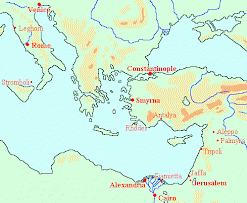
In April 1677, De Bruijn, about twenty-five years old, left Rome. He briefly visited Naples (commenting on the Lacrimae Christi and Falernian wines), returned to Rome, said good-bye to the Bentveughels "with whom I had lived pleasantly during the greatest part of my stay", and reached Leghorn in June. This is one of the greatest mysteries of his life. He could have settled in an important artistic center like beautiful Florence, Lucca, Pisa, or Siena, but he preferred to stay a year in what is arguably the most boring town of Italy. A possible explanation is espionage: Leghorn was the best spot in Italy to observe movements by the French navy. Although peace negotiations had started, France and Holland were still at war and the Tyrrhenian sea was one of the remaining theaters of operations.
In the spring of 1678, when the war was over, De Bruijn decided to visit the Greek and Turkish cities of the Aegean Sea, and boarded a ship to the east. Passing along the erupting Stromboli volcano and through the Strait of Messina, he reached the Ionian Sea. After brief stops on Cythera, Melos, Delos, and Chios, he arrived in Smyrna on 18 July.